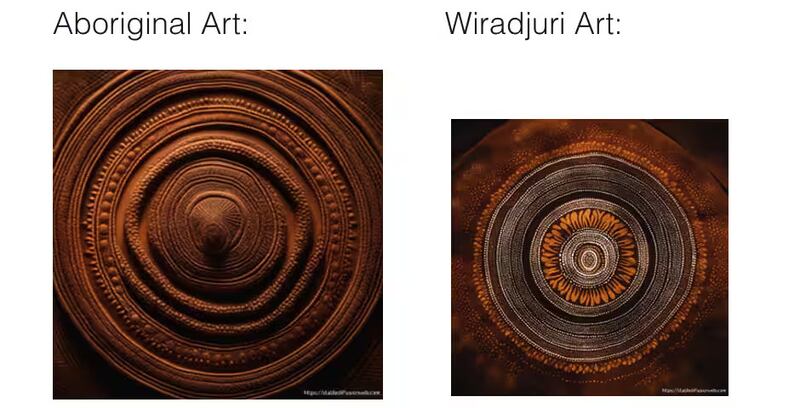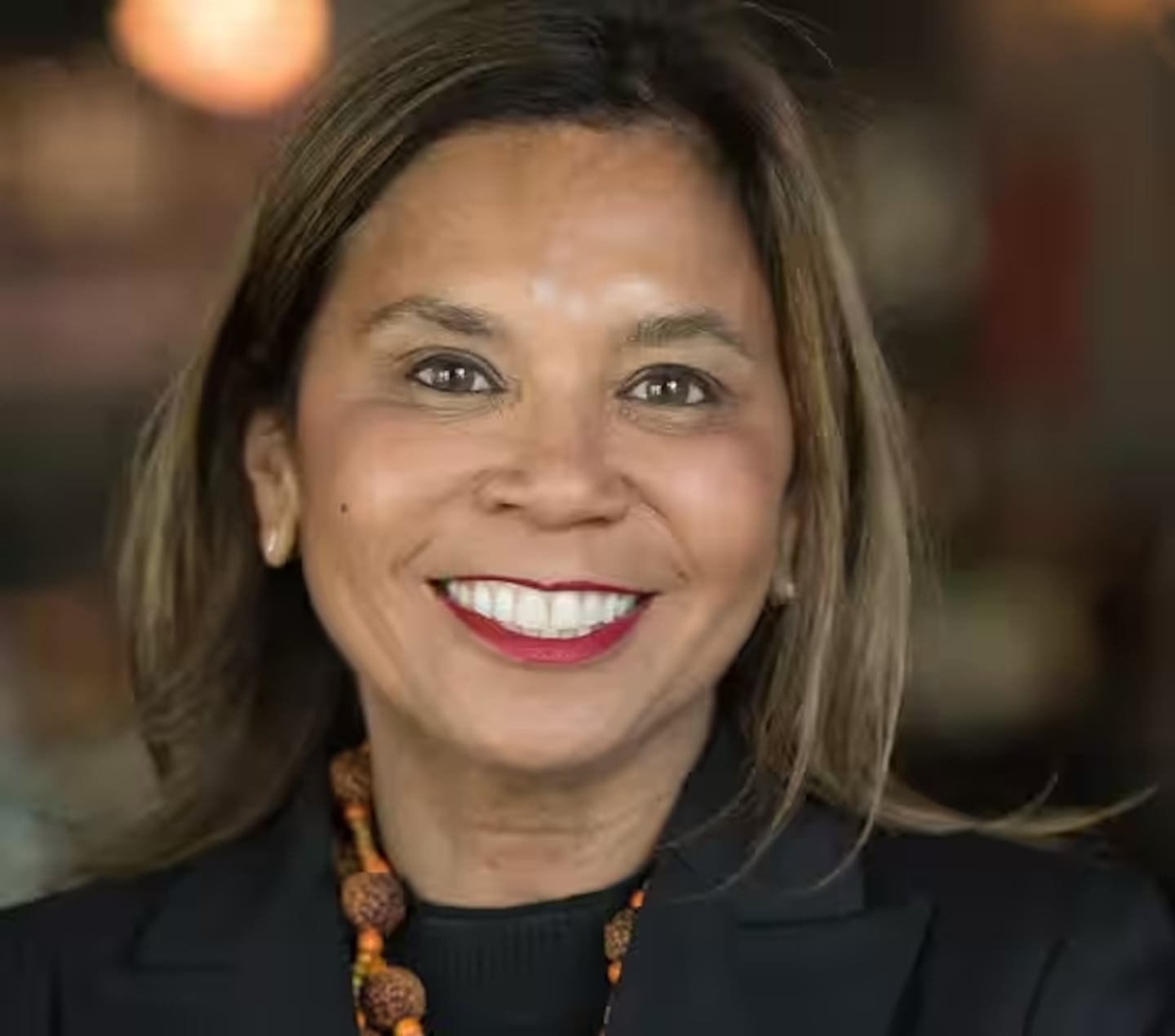This article was first published by NITV.
Artificial Intelligence (AI) is the ability for computer systems to perform tasks that would usually require human intelligence.
While AI has the ability to be used as a tool by Aboriginal and Torres Strait Islander peoples to reclaim their cultural practices and knowledge, it can also be used to exploit it.
With AI can come far-reaching implications for First Nations people, particularly when culture is used and appropriated without consent.
AI and Indigenous Cultural and Intellectual Property
Wuthathi, Yadhaigana and Meriam woman Dr Terri Janke is a lawyer, and an international authority on Indigenous Cultural and Intellectual Property (ICIP).
She says that ICIP is Indigenous people’s rights to their heritage, culture and knowledge.
“It includes the knowledge, art, cultural expression, stories of Country and experiences,” Dr Janke says.
Dr Janke says that AI can fail to recognise cultural protocols and can therefore misappropriate ICIP without any consultation or consent.
AI can mistake who is permitted to tell or illustrate sacred stories, in contradiction of cultural protocols.
For example, AI can fail to acknowledge Traditional Owners who hold the sacred knowledge and language of their mobs.
“Machines can use existing knowledge sets and put them together without any observation of protocols or without any human interaction,” Dr Janke says.
“Culture could be interpreted by a machine without any regard to sacred knowledge and practice.”
Gamilaroi mathematician and actuary Rick Shaw, who is part of a group that has been developing Indigenous cultural protocols on AI, says it’s important to understand the limitations.
“Because it’s only based on limited data, it can’t reflect the full complexity of reality,” he tells NITV.
“The second thing, which is probably the more important, is the application of AI.”
For mob who work in the cultural and language revitilisation space, Dr Janke says AI can pose a risk to their job security.
“It can take away opportunities for Traditional Owners and knowledge holders to share in benefits from any commercial use of their knowledge,” she says.
“Culture could be misinterpreted and used in a way that’s not representative of the culture and connected to that custodian.”
AI or artists?
There are existing issues of Aboriginal and Torres Strait Islander art being misappropriated, copied and exploited.
AI can contribute in perpetuating these issues. For example, AI can infringe the copyright rights of artists or reproduce art without cultural protocol and connection.
“The cultural attachment and belonging that an artwork has to an artist’s identity and the story they are telling through the artwork ... AI reproduces that art without any cultural protocol or that cultural connection,” Dr Janke said.
Dr Janke also says that art from language groups that tell stories specific to that group can be misrepresented and generalised.
She uses the example of asking AI to generate ‘Wiradjuri art’.

“Anyone could put instructions into an AI to say ‘let’s make Wiradjuri art’. But where is it getting its knowledge about what Wiradjuri art is?
“AI may also misuse representations that make it really offensive and have nothing to do with that group,” she said.
Learning from the source (code)
There are implications when non-Indigenous people use AI to inform themselves about Aboriginal and Torres Strait Islander peoples and culture.
“I think for a non-Indigenous person to ask questions about First Nations people in AI, you’ve got to remember that it will not always be correct,” Dr Janke said.
For example, when asking AI about Aboriginal and Torres Strait Islander history, AI could relay it through a colonial lens rather than a Blak one.
“AI gets information from resources that were written about Indigenous people that might not be by Indigenous people ... It might be from a deficit discourse,” Dr Janke said.
“Its integrity and its authenticity is not guaranteed.”
Mr Shaw agrees, pointing out Indigenous peoples have an overriding belief in passing on a better world, which is frequently at odds with Western ways of thinking, particularly capitalism.
“If you have that approach in life, where you’re there to look after the land because the land will look after you, then you will develop all your tools that everything is framed around ‘Is this beneficial for society?’” he says.
Dr Janke warns that racist stereotypes and attitudes could be perpetuated by AI.
“Information [about Aboriginal and Torres Strait Islander peoples] could be wrong, racist or exploitative.
“Discrimination can be amplified through AI, because AI is getting information from systems that have inherent and structural racism.
“You really got to ask yourself if you should be speaking to First Nations people directly rather than let AI inform the way you think about Indigenous people.”
Can AI boost Indigenous culture?
While AI can pose a number of risks to First Nations people, it can also play a role in supporting culture.
For example, AI is being used by rangers to care for Country in Kakadu National Park.
Dharug Cabrogal woman Mikaela Jade who founded Indigital is working with Traditional Owners to use augmented reality to tell their stories.
Aboriginal and Torres Strait Islander artists can also use AI to experiment with new methods of storytelling through art.
“Artists can use AI to inform their artwork, because we’re seeing now that artwork is not just necessarily a two dimensional painting. It’s becoming digitalised and can incorporate all things like sound, visual and film,” Dr Janke said.
However, Dr Janke says that can only be the case when AI recognises and considers ICIP rights, Indigenous data sovereignty and involves Indigenous people in the development of AI.
“We need to be in control of the data sets, in the making of AI and the safeguards that are around the development of AI,” she said.
Mr Shaw says there are benefits for everyone if Indigenous cultural protocols are followed when developing AI tools.
“One of the beautiful things about our culture is these theories aren’t just sitting out there, we actually embed them in our everyday way of living,” he says.
“We understand the world is complex, and the West basically uses linear models, which assume that things are essentially predictable.
“We’ve lived through four ice ages on this land.
“We know things are going to change, and we know that things are a bit unpredictable.”
- NITV
.



